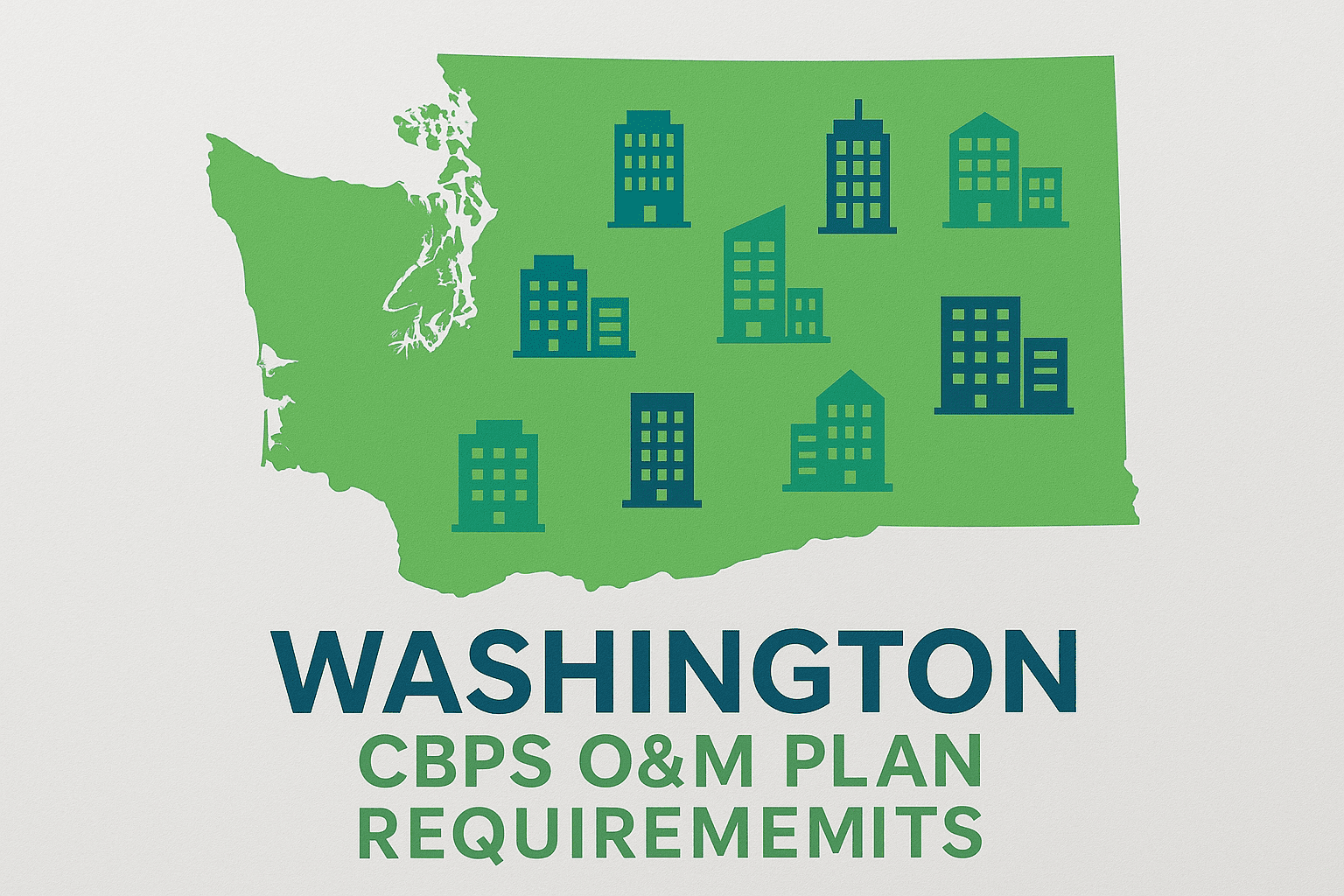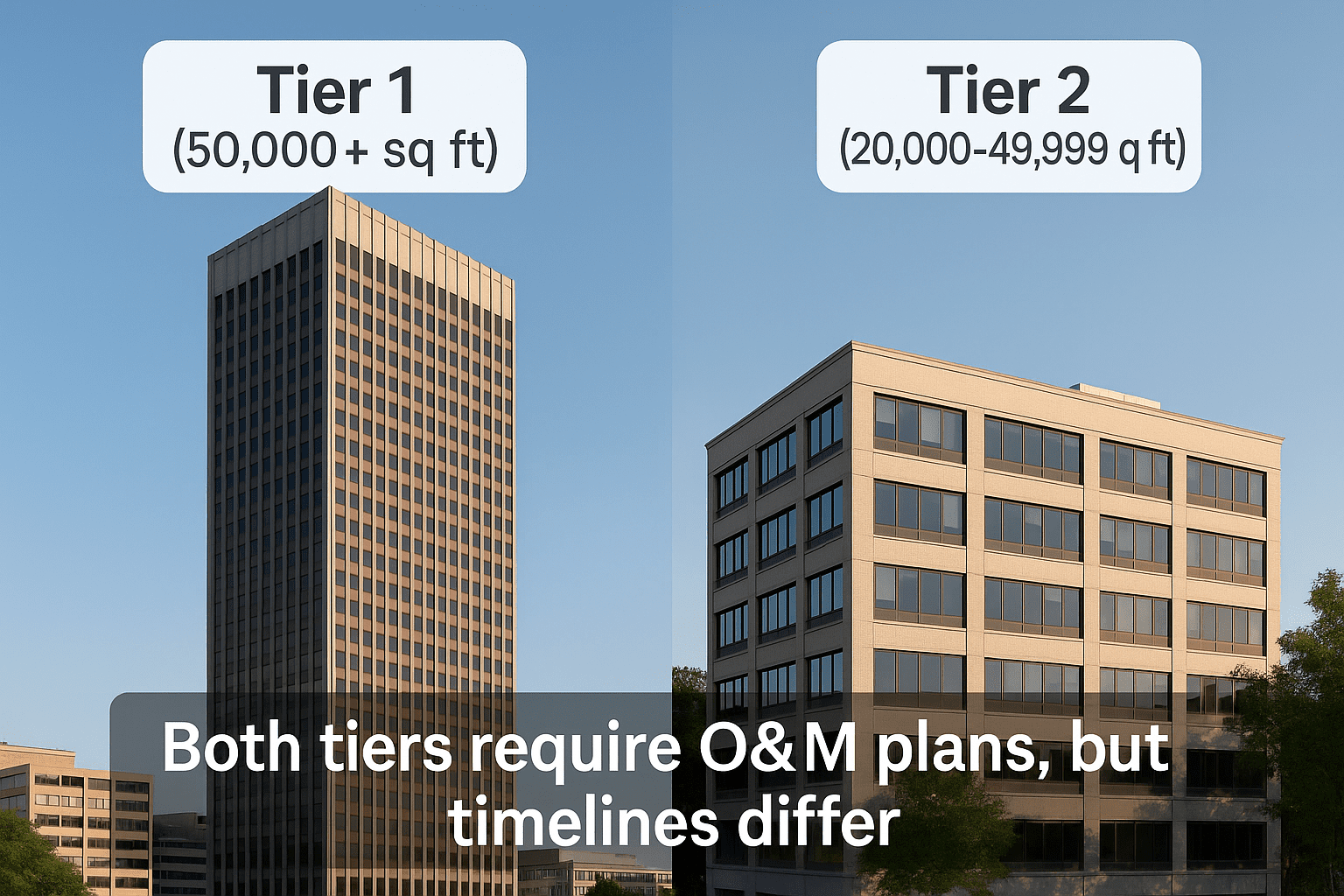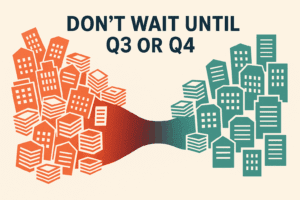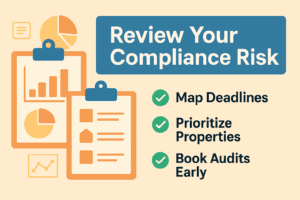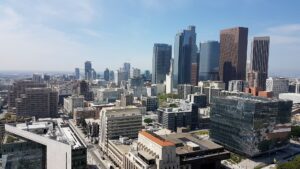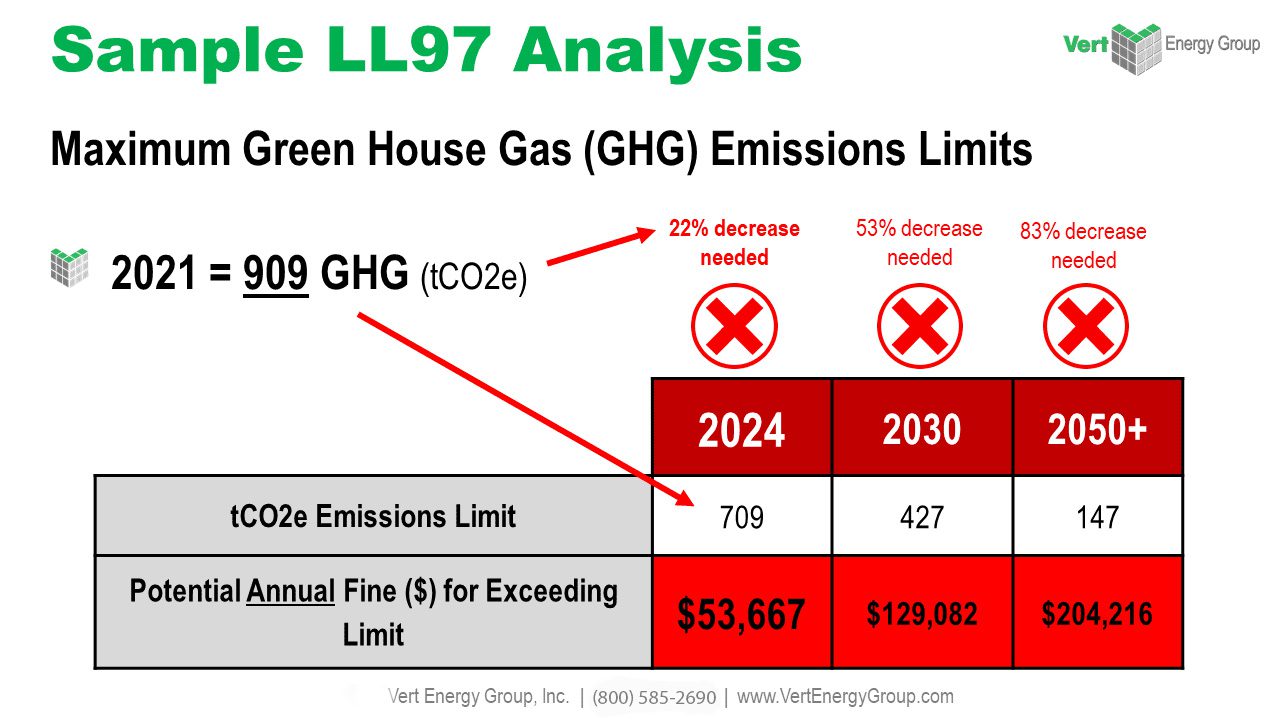Washington CBPS: What Your Operations & Maintenance Plan Must Include
Washington State passed new laws making energy efficiency a legal requirement through the Clean Buildings Performance Standard (CBPS). The most important piece of compliance is creating a complete Operations & Maintenance (O&M) Plan. This is required for both Tier 1 and Tier 2 properties.
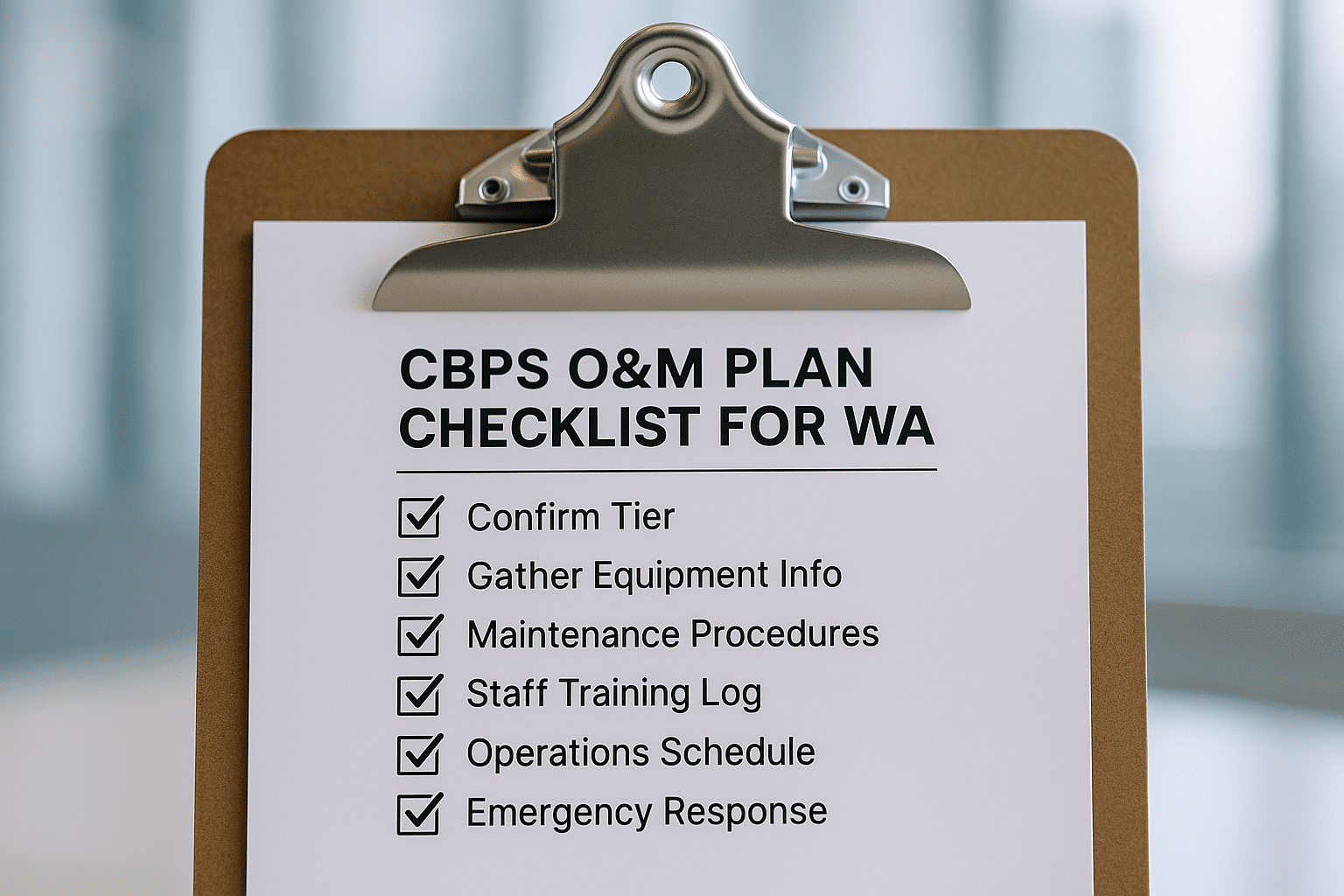
The O&M plan proves you are operating your building responsibly, with systems and procedures in place to reduce energy waste. To help you understand what an O&M plan needs to include, why it matters, and how to prepare your building to meet the Washington CBPS O&M plan standards, read this article.
Why the O&M Plan Is Required
The Clean Buildings law WA O&M requirement exists because high-performance buildings can still waste energy if not maintained properly.
The O&M plan ensures owners have a process in place to keep equipment running efficiently, document maintenance, and train staff.
Without a compliant plan, you risk penalties, audits, or being flagged as non-compliant under O&M compliance WA CBPS rules.
What Your Plan Must Cover
The law outlines specific CBPS documentation requirements WA building owners must meet. At its core, the O&M plan should cover:
Equipment Inventory:
This includes a detailed list of all major energy systems, including HVAC, lighting, and controls.
Maintenance Procedures:
This should include instructions for routine checks, repairs, and seasonal tune-ups.
Operations Schedules:
This needs documentation of how and when systems operate to reduce unnecessary energy use.
Staff Training:
These are records showing building staff are trained on efficiency and maintenance practices.
Emergency Protocols:
Plans for responding to system failures while minimizing energy waste.
All of the above are required for your plan to meet the expectations of the Clean Buildings operations checklist. This also provides proof of compliance during audits.
Tier 1 vs. Tier 2: Understanding the Difference
Washington’s CBPS separates buildings into two categories:
Tier 1:
Properties over 50,000 square feet.
Tier 2:
Properties between 20,000 and 49,999 square feet.
Both tiers require O&M plans, but the timeline and depth of documentation may differ. For example, O&M plan requirements for Tier 1 and Tier 2 may include different reporting deadlines or recordkeeping details.
Understanding which tier your building belongs to ensures you don’t miss a compliance date or provide incomplete documentation.
Building an Operations and Maintenance Strategy
Creating an O&M plan is about building a practical building maintenance strategy WA owners can follow day-to-day.
That means aligning the plan with your actual equipment, staff capacity, and building operations. You can’t copy and paste a template without customization.
The best strategies combine documentation with real actions that keep systems efficient. This includes updating your plan as systems are upgraded, equipment is replaced, or staff responsibilities change.
Common Questions from Building Owners
Many owners ask: What is required in a CBPS Operations and Maintenance plan?
At minimum, your plan should include the five elements listed earlier. Compliance is more than what’s on paper. It’s also about demonstrating that procedures are being followed.
Another common concern is how to create an O&M plan that meets standards without becoming overwhelming. The solution? Keep the plan clear, detailed, and directly tied to building operations. Using complex language or excessive detail makes it harder for staff to use and maintain (which can result in potential mistakes later).
Checklist for Compliance
To simplify the process, here’s a CBPS O&M plan checklist for Tier 1 and Tier 2 building owners:
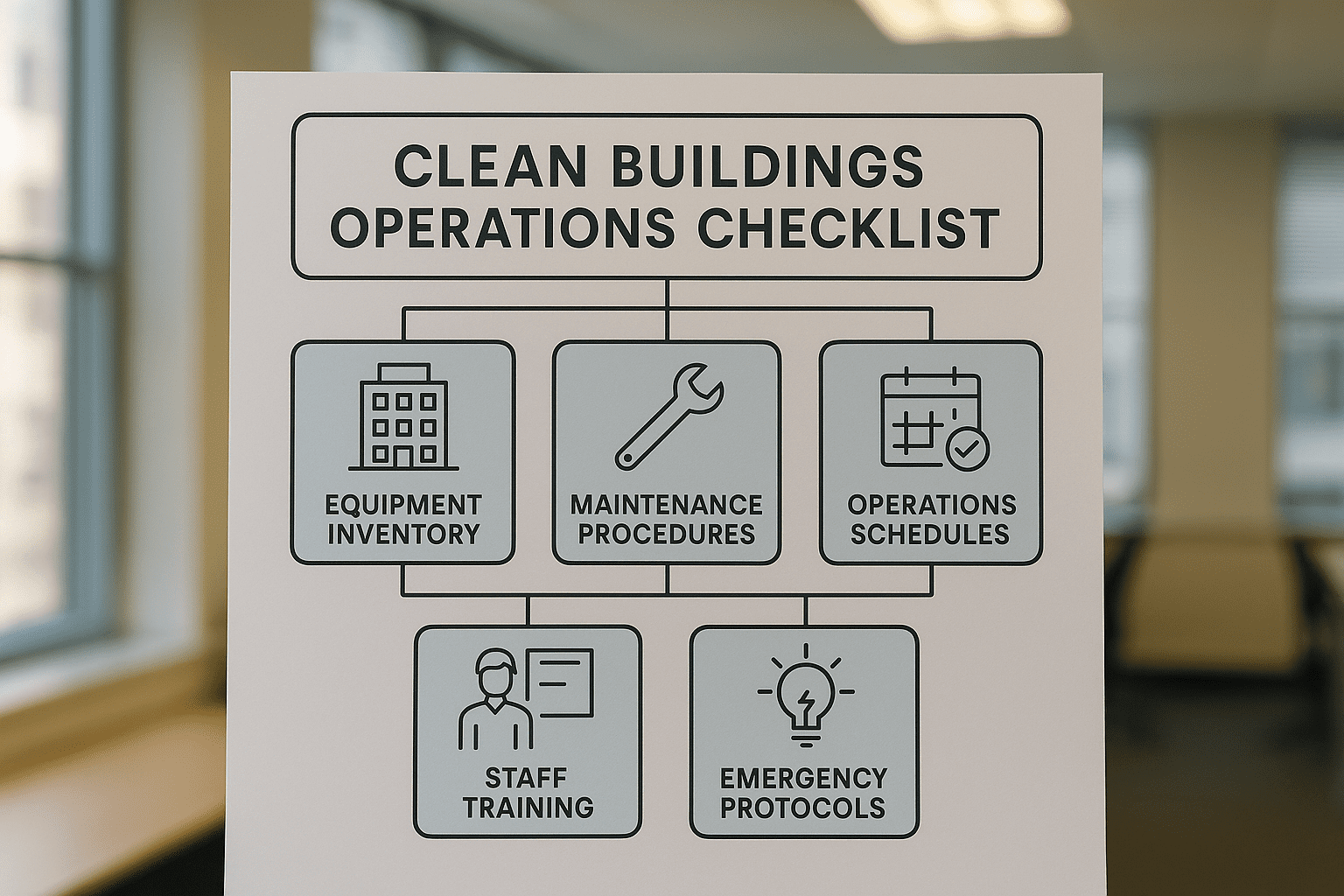
- Confirm your building’s tier and compliance deadline.
- Gather all equipment information, including age and efficiency ratings.
- Write clear maintenance procedures with assigned responsibilities.
- Establish a training log for staff members.
- Create schedules for operations and seasonal adjustments.
- Document emergency response protocols.
- Review the plan annually and update as systems change.
This checklist ensures that you cover every compliance requirement and are ready to present documentation during an audit.
How Documentation Protects You
Proper CBPS documentation requirements keeps you in legal compliance and provides a record that protects you in case of disputes or audits.
If the Department of Commerce reviews your building and finds inconsistencies, a well-documented O&M plan shows you are meeting the WA energy law building documentation requirements. It also helps staff remain consistent, even as personnel change over time.
The Role of Expert Support
While some owners try to create their O&M plans in-house, most property owners work with expert support. The reason ‘why’ is it saves them time and reduces risk.
Professional guidance is especially valuable for owners managing multiple properties or large portfolios. In those cases, missing even a single compliance requirement could lead to significant fines.
Meeting Compliance with Confidence

By now, it should be clear that the O&M plan is the backbone of Operations and Maintenance plan Clean Buildings compliance.
If you are unsure how to create an O&M plan for Clean Buildings law WA, the safest move is to begin early and, if needed, work with professionals who specialize in compliance. If you’re looking to get your plan created, we can help.
We’ve created dozens of O&M plans, applied for early adopter funds zeroing out our client’s cost, and ensured their compliance.
Connect with a member of our compliance team and see how we can potentially get all your compliance costs covered with ZERO out of pocket costs.
Talk With The Team
Final Takeaways
Washington’s Clean Buildings Performance Standard sets high expectations, but the O&M plan is the tool that makes compliance possible. When built correctly, it guides your team, documents your efforts, and protects you from non-compliance penalties.
To stay compliant, remember:
- An O&M plan is required for both Tier 1 and Tier 2 buildings.
- The plan must include equipment details, maintenance steps, operations schedules, training, and emergency protocols.
- Documentation is as important as the plan itself—it proves compliance.
- Expert support can ensure your plan is complete, accurate, and audit-ready.
With a strong O&M plan, you’ll meet the Clean Buildings law WA O&M requirements while also improving building performance and reducing energy costs.
